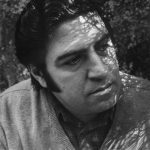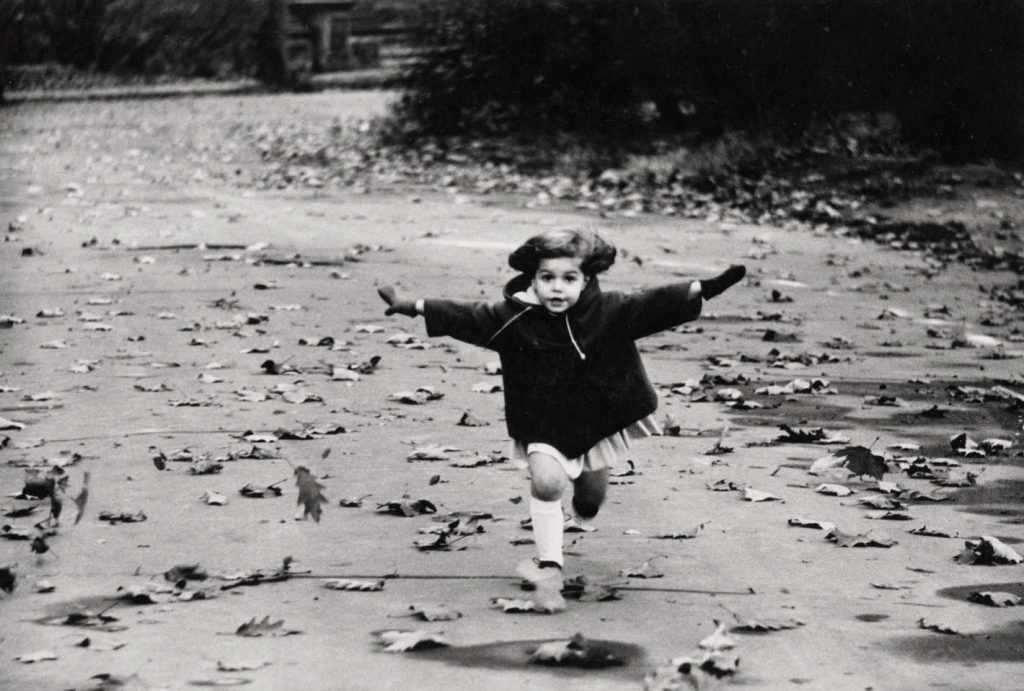
Diane Arbus (1923–1971) was an American photographer whose work revolutionized the art of photography through her bold, unflinching portraits of people living on the fringes of society, as well as her unique approach to capturing the complexity of individual identity. Born Diane Nemerov in New York City to a wealthy Jewish family, she grew up in an environment steeped in the arts but struggled to find her own artistic voice early in life. Her marriage to Allan Arbus at the age of 18 marked the beginning of her journey into photography, initially working alongside her husband in fashion photography.
Searching for the Marginalized
Arbus’s transition from commercial photography to her own distinctive style of documentary photography began in the late 1950s. Disenchanted with the artificiality of fashion shoots, she ventured into the streets of New York with her camera, driven by a profound curiosity about the lives of those who were often overlooked or marginalized by society. Her subjects included circus performers, transgender people, nudists, and individuals with mental illnesses—people who embodied what she saw as the complexities and contradictions of human existence.
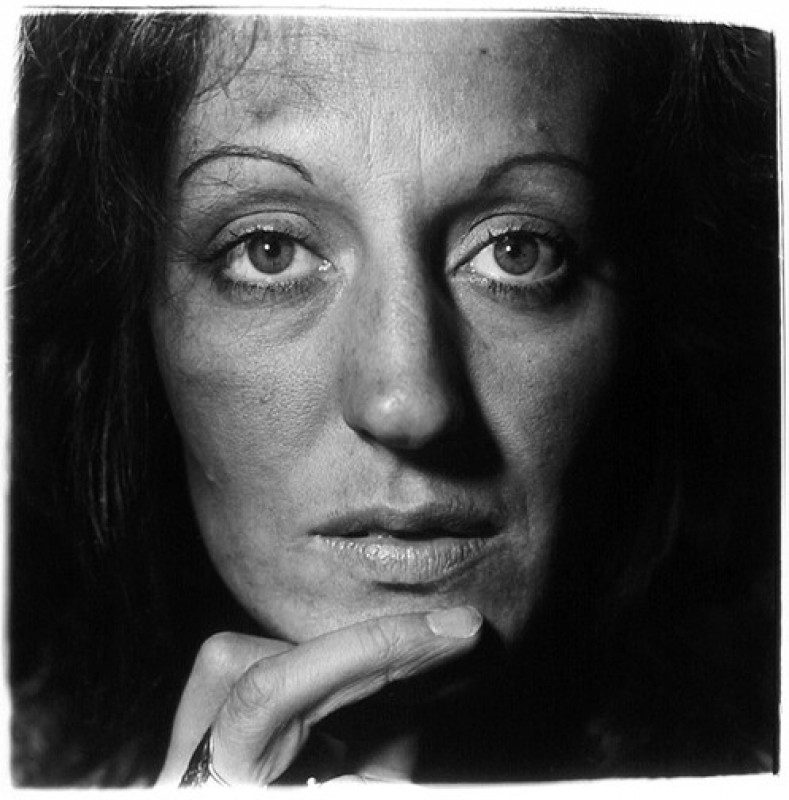
Arbus’s photography is characterized by its directness, intimacy, and a certain rawness that was unprecedented at the time. She often photographed her subjects in their own environments, using a square format and a flash to create stark, detailed images that highlight the uniqueness of each individual. Her approach was not that of an outsider looking in but rather as someone deeply engaged with her subjects, seeking to understand and portray their humanity without judgment or exploitation.
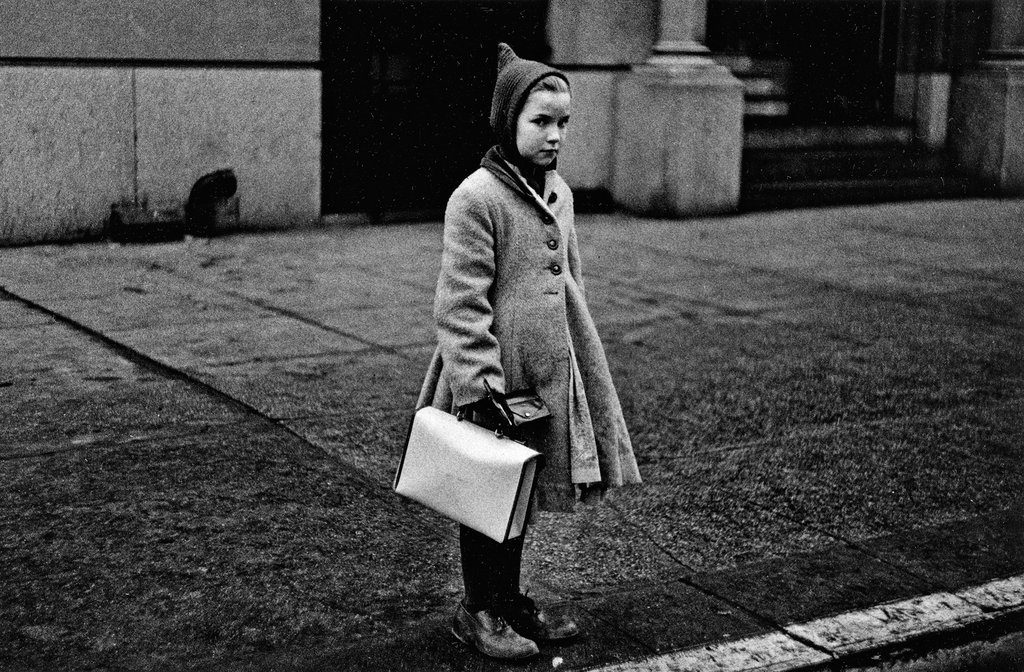
One of the most striking aspects of Arbus’s work is her ability to challenge the viewer’s perceptions and provoke a reevaluation of societal norms and the nature of beauty. Her portraits are compelling not just for their subject matter but for the sense of empathy and connection they evoke. Arbus saw beauty and significance in what mainstream society deemed aberrant or unsettling, and her photographs invite viewers to confront their own prejudices and assumptions.
Influence on Photography
Arbus’s influence on photography and the art world became fully apparent in the years following her death. In 1972, a year after her suicide at the age of 48, her work was selected for the Venice Biennale, the first time an American photographer received this honor. This posthumous recognition marked the beginning of a reassessment of her contribution to the medium. Her photographs, which were once considered controversial, are now celebrated for their profound humanism and artistic integrity.
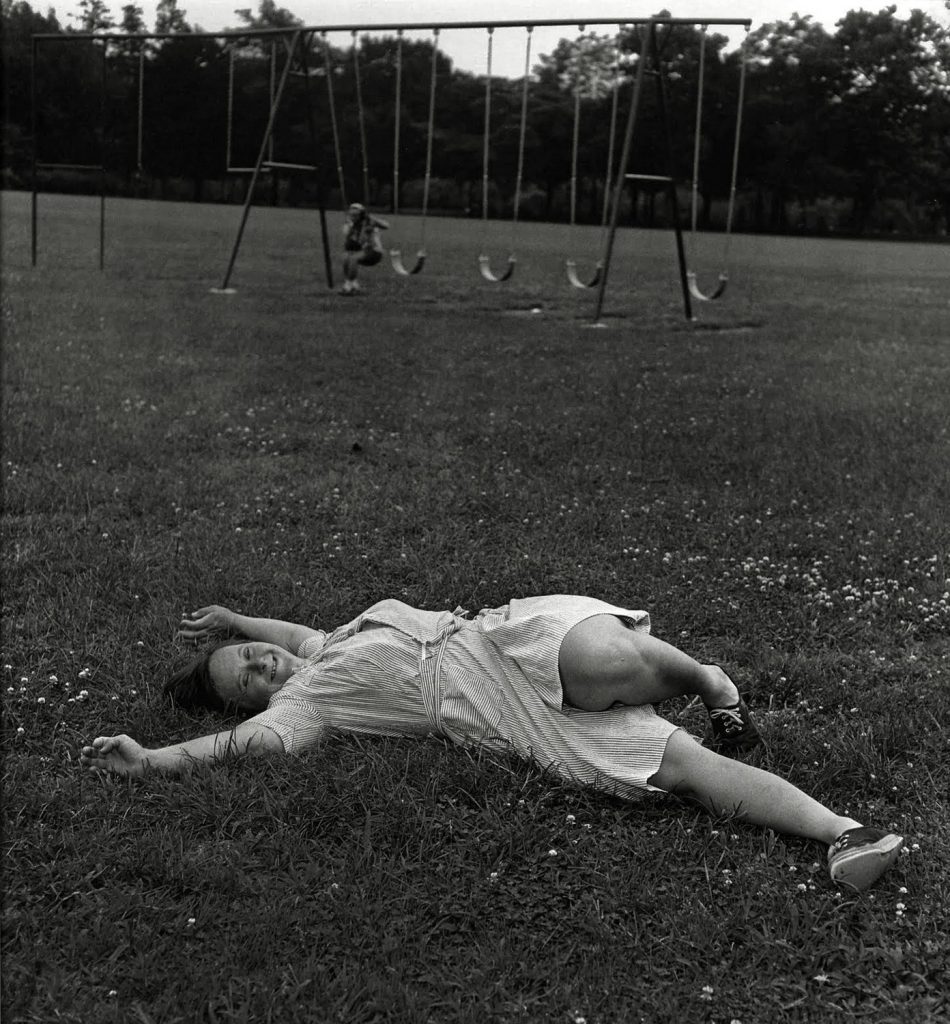
Despite her relatively short career, Diane Arbus left an indelible mark on the world of photography. Her work has been the subject of numerous exhibitions and retrospectives, and she has influenced generations of photographers who seek to explore the depths of human experience in their work. Arbus’s legacy lies not only in her distinctive photographic style but also in her fearless exploration of the boundaries of society and self, challenging us to see the world, and each other, with greater depth, compassion, and understanding.



